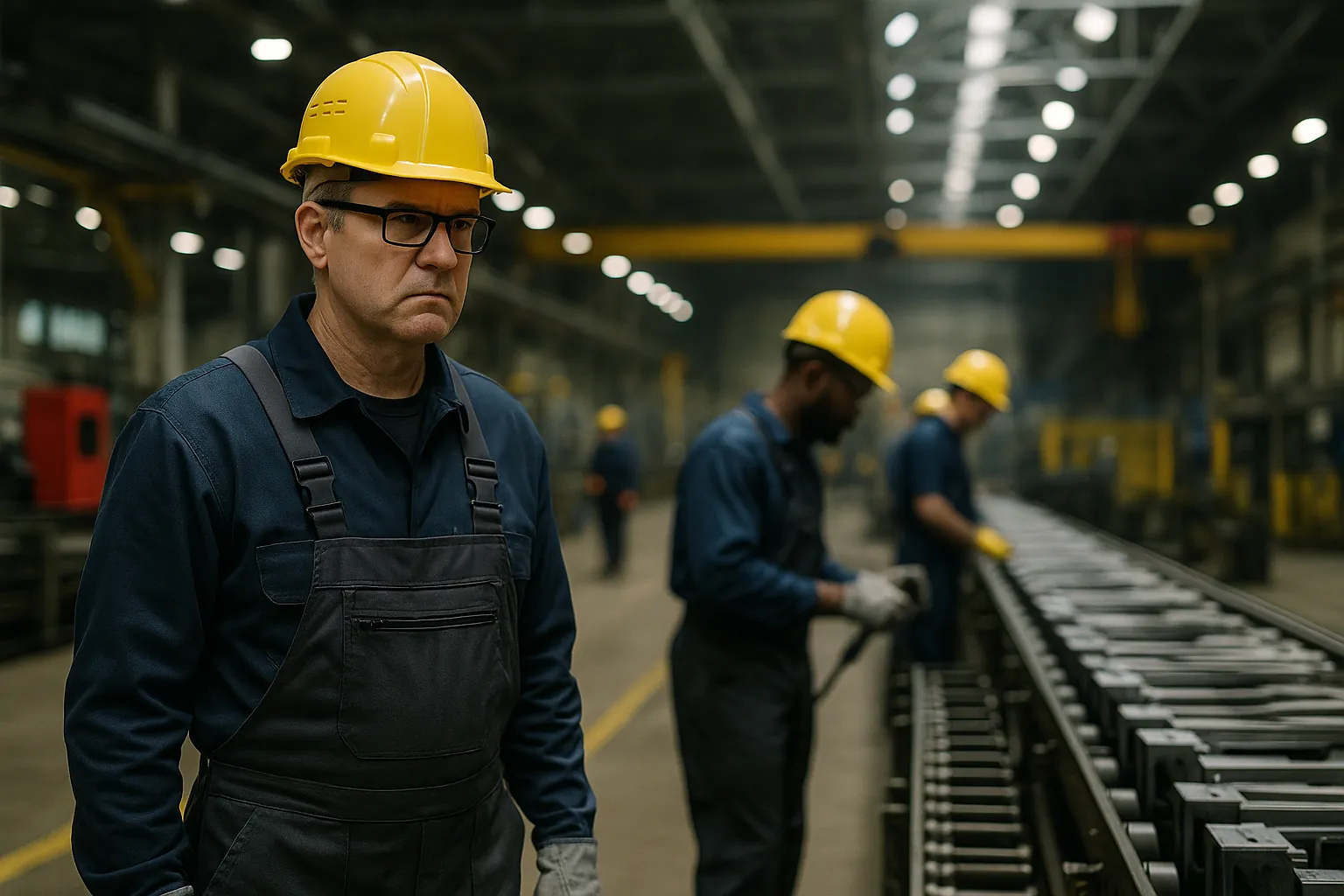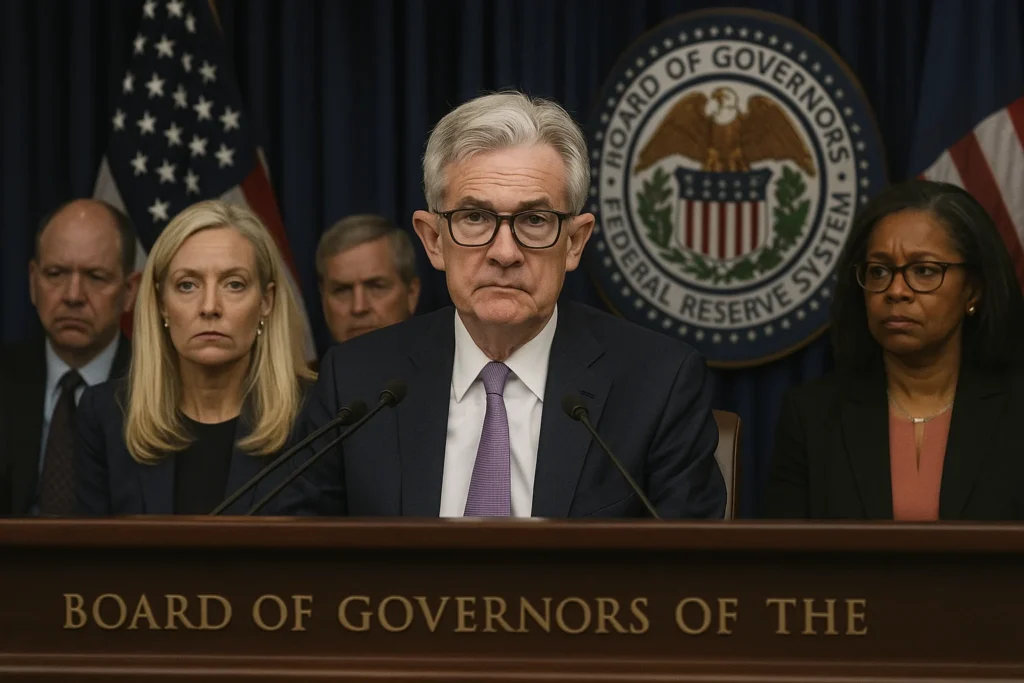The US economy jobs August report paints a bleak picture. Only 73,000 jobs were added last month — far below forecasts — while earlier gains were quietly revised down by 258,000. Economists blame one culprit above all: tariffs. Once hailed as protection for American workers, they now appear to be strangling them instead.
Context: The promise and peril of protectionism
In theory, tariffs were meant to bring factories home and secure “Made in America” jobs. In practice, they’ve disrupted supply chains, inflated costs, and paralyzed hiring. The August slowdown follows months of industrial contraction and consumer uncertainty. Manufacturing employment has stalled for five straight months, while service-sector hiring barely budged.
CNN’s breakdown of the data underscores how broad the weakness has become. Retail, transport, and construction all shed workers, even as government payrolls offered only minor relief. This isn’t a seasonal blip — it’s a systemic stall. The Federal Reserve, already walking a tightrope, now faces mounting pressure to cut rates aggressively to prevent a full-blown recession.
Oppositional Argument: The illusion of economic strength
For years, the administration has trumpeted job numbers as proof of economic triumph. But beneath those headlines lies fragility. The US economy jobs August data reveals the uncomfortable truth: protectionism doesn’t protect. It distorts.
Factories once energized by tax breaks are now running at half capacity due to supply shortages. Small exporters — particularly in agriculture and machinery — are losing overseas buyers who’ve retaliated with tariffs of their own. The government’s promise of “reshoring” sounds patriotic but ignores the modern global reality: industries rely on complex, international networks that can’t be rebuilt overnight.
The rhetoric of economic nationalism is colliding with the math of globalization — and the numbers aren’t forgiving.
Analytical Breakdown: From tariffs to tremors
Let’s be clear. The 73,000-job gain isn’t just “slower growth.” It’s an early tremor. The combined downward revision of 258,000 jobs means the economy effectively lost momentum months ago — a warning masked by political spin.
Look at manufacturing. Since the tariff escalation with China and the European Union, US factories have faced double-digit cost increases in steel, semiconductors, and machinery components. According to the Bureau of Labor Statistics, productivity in durable goods fell 1.6% in Q2, while wages in the same sector stagnated. Meanwhile, Moody’s Analytics estimates that tariffs have shaved nearly 0.7% off GDP growth in 2025.
Consumers are feeling it too. Inflation may have cooled, but imported goods — from washing machines to cars — remain expensive. That squeezes household budgets, depresses retail spending, and ripples back into hiring.
This isn’t mere “economic adjustment.” It’s a cycle of self-inflicted strain.
Human Perspective: Real Americans, real pain
In Ohio, a steelworker named Chris Foster recently told a local outlet he’d rather have stable imports than unstable employment. His plant, once revitalized by the 2018 tariff wave, has now cut shifts because orders dropped 40%. “They told us tariffs would save us,” he said. “Turns out, they saved no one.”
Across the Midwest, small suppliers are closing down. Trucking firms report layoffs due to decreased shipping volumes. Even tech companies that rely on imported chips face uncertainty — and workers notice. The US economy jobs August slump is not an abstract chart. It’s dinner tables without paychecks and factories with darkened lights.
Counterarguments
Tariff defenders argue that pain is temporary — that short-term disruption will lead to long-term independence. Yet, after seven years of trade warfare, there’s little evidence of revival. The Peterson Institute for International Economics found that manufacturing employment today remains lower than before the first tariff rounds. Investment in new US plants, meanwhile, has plateaued.
What’s being built instead? Political narratives — not factories.
Conclusion: An economy running out of excuses
The latest report forces a reckoning. America’s labor market is no longer resilient — it’s eroding under policy-driven weight. The US economy jobs August data shows the limits of nationalism in an interconnected world. You can’t legislate prosperity through walls and tariffs.
The Federal Reserve may step in with rate cuts, but monetary policy can’t fix structural policy failures. Without a serious shift in trade strategy, the US risks trading its global influence for economic stagnation.
The irony is haunting: in trying to “protect” American jobs, Washington may have engineered their decline.
External Links
38 views






